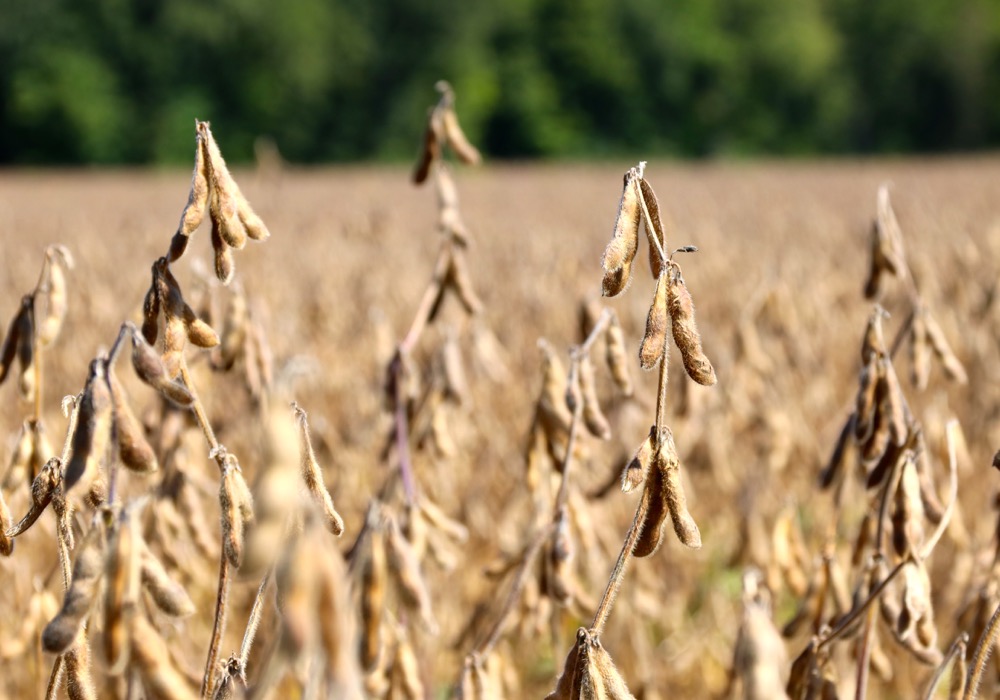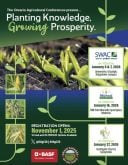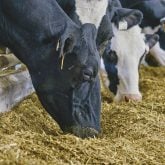The escalating trade spat between the United States and China could mean more American soybeans finding their way into Canada, according to Grain Farmers of Ontario.
Why it matters: North American grain and oilseed prices are set by trading in the U.S. and therefore anything that knocks American prices will also affect grain and oilseed prices in Canada.
“Any disruption in trade is potentially negative for Canada,” said Markus Haerle, chair of Grain Farmers of Ontario. “We are hopeful that all parties will continue to work toward a solution. Although there is no way to be sure what the outcome of the dispute will be, this kind of uncertainty will not benefit anyone long term.”
Read Also

Canada seventh-most influential country on agri-food
Report from Dalhousie University and MNP shows Canada ranks seventh among G20 countries on agri-food influence.
Soybeans were hit with a 25 per cent tariff as part of a long list of products.
There could be some opportunities for Canada, said GFO, given the Chinese sanctions on American soybeans could make Canadian soybeans more competitive in China. Other factors, such as a large and high-protein Brazilian soybean harvest have already been given American beans competition in China.
However, if American soybeans are less competitive in China and fewer are sold there, they could become more competitive against Canadian soybeans in other world markets.
It’s that kind of uncertainly thrown into established global trading systems that concerns groups like GFO.
As of 2016, the United States was shipping at least 35 million tons of soybeans to China, while Canada ships closer to two million tons each year.
“Our production in Canada is not large enough to fill this type of demand, and any opportunities that increased Chinese demand might are offset by the possibility of an influx of U.S. soybeans into Canadian markets, including Ontario,” said Haerle.
Grain Farmers of Ontario urges the Canadian government to continue its own talks with China. In January of this year, the Canadian government successfully negotiated Canada’s inclusion in the Comprehensive and Progressive Trans-Pacific Partnership (CPTPP) with 10 other countries across the Pacific region.
May contract soybeans closed down more than 21 cents on Wednesday, but rebounded on Thursday, up more than 15 cents. Corn recovered an eight cent loss on Wednesday by moving back up eight cents on Thursday.
Hogs hit too
American hog exports to China were also hit with a 25 per cent tariff. The CME Live Hog Futures Index has barely changed since the tariff was announced.
Many other agriculture commodities were also hit by the tariffs, including beef, cotton, corn, tobacco, dried cranberries, orange juice and wheat.















